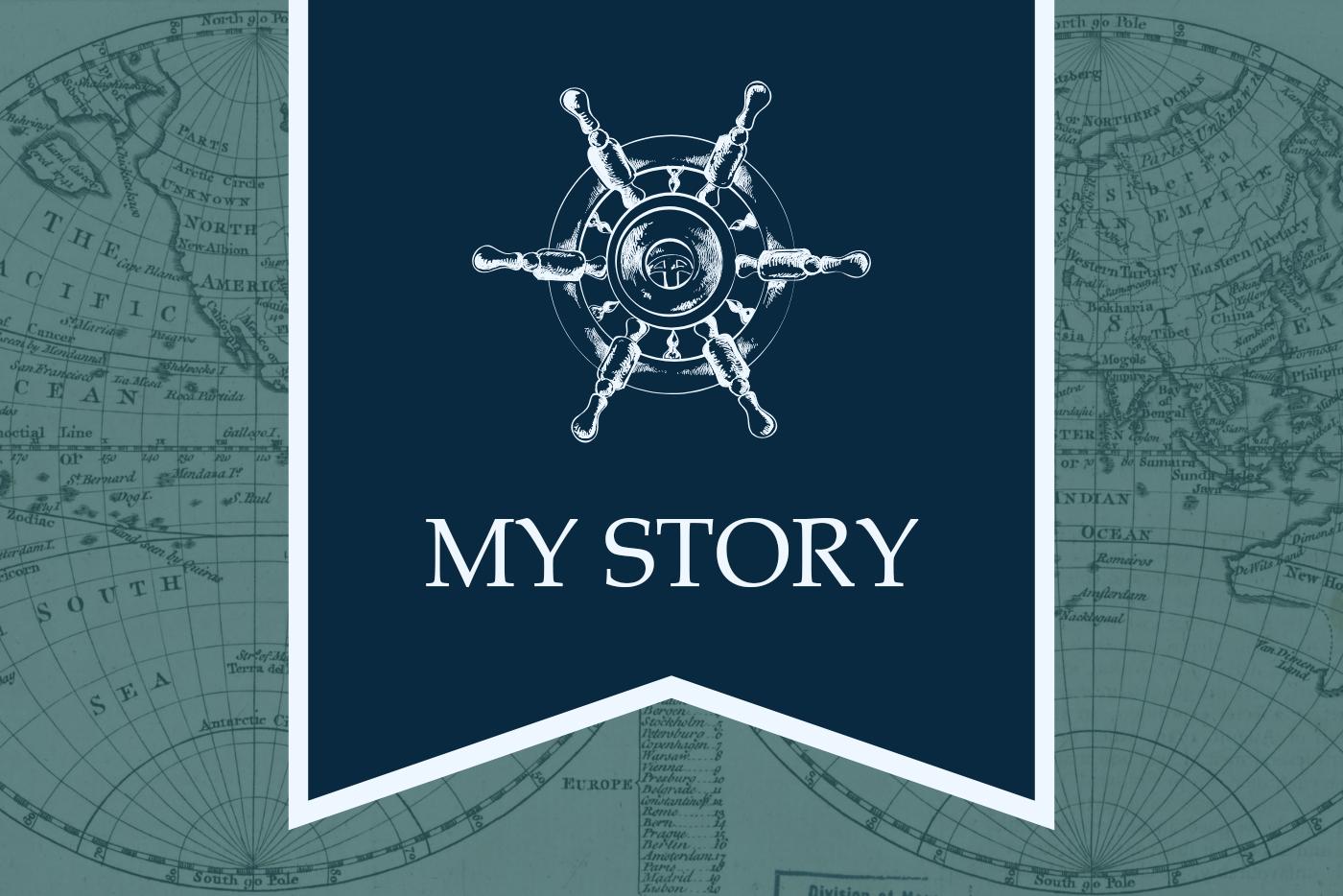Author: Yu Shih, Intern
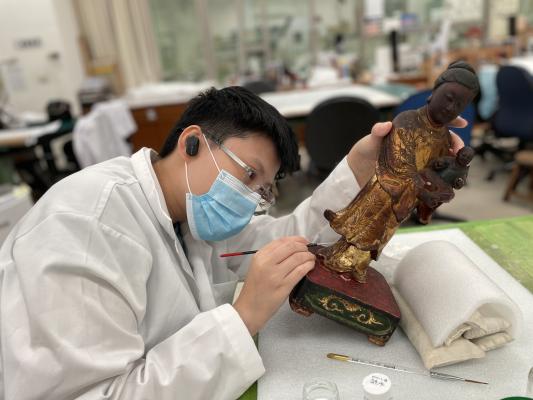
My name is Yu Shih, and I am a third-year graduate student at Tainan University of the Arts in Taiwan, majoring in the conservation of oil paintings and wooden cultural relics. Currently, my main area of research focuses on the conservation of underwater archaeological artifacts, and I hope to pursue work in this field anywhere in the world in the future.
In high school, I majored in art, but when I realized that my artistic talents were limited, I began to seek a new direction in life. Since I still wanted to work in a field related to art and also discovered a passion for history, I decided that I wanted to become a conservator. Thus, I went on to study archaeology and ancient history at the University of Leicester in the UK, where I gained deeper background knowledge about the cultural relics I would later work on. In graduate school, I began my conservation studies at Durham University, finally starting the conservation training I had dreamed of. However, due to the pandemic, I had to return to Taiwan and begin a new master's program in conservation.
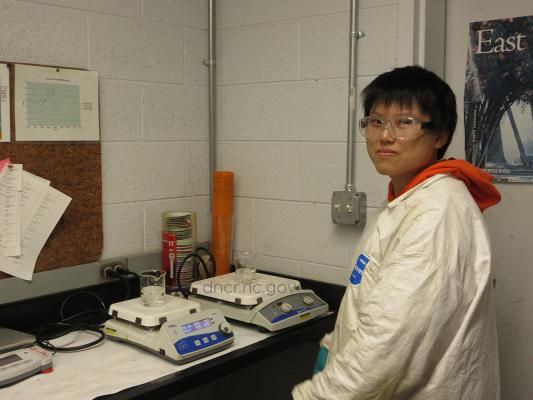
Throughout my studies, I learned about the field of underwater archaeology, and during an internship at the Ministry of Culture in Taiwan, I discovered that the government was establishing a dedicated department for underwater archaeology. This inspired me to pursue more in-depth study in this area. When I needed to complete a four-month internship as part of my graduation requirement, I began searching globally for departments that specialize in the conservation of underwater archaeological artifacts. I eventually chose the Queen Anne’s Revenge (QAR) Project, as their blog showcased many past research findings and the experiences of interns, which convinced me that I could gain hands-on experience in real underwater conservation work.
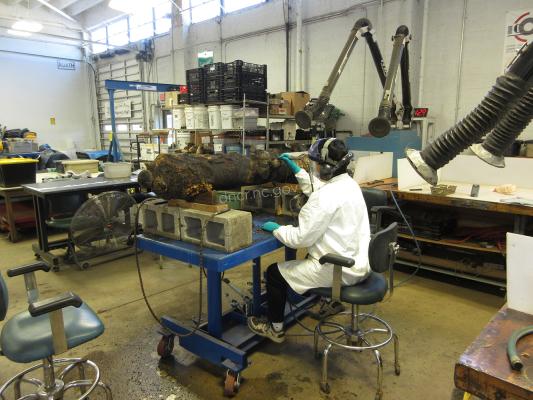
The internship at QAR has given me a comprehensive understanding of underwater archaeology, going beyond just artifact conservation. Many of the techniques I had only read about before, such as PEG consolidation, copper alloy treatments, and freeze-drying, I was able to experience first-hand here. Additionally, I participated in outreach activities, including lab tours for the public and school visits to introduce students to our work. Public outreach is incredibly important, as it not only raises awareness of our efforts but also inspires others to join the conservation field.
Everyone at QAR has been incredibly kind and willing to share their knowledge of underwater archaeology and conservation, which has been immensely helpful in teaching me how to better respond to various challenges in the future. Many small details, which aren’t always documented in manuals or research materials, can significantly impact the final results of artifact conservation, and this experience has taught me how to apply what I've learned in school to real-world cases. This experience has been truly invaluable, and I am confident that it will make me a better conservator in the future.
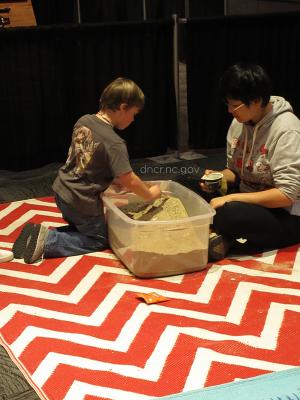
Images:
-Yu working on an object for her graduate studies in Taiwan. Image by Yu Shih. Used with permission.
-Yu assisting with chloride testing in the QAR lab. Image by NC Department of Natural and Cultural Resources.
-Yu cleaning cannon C5 in the QAR lab. Image by NC Department of Natural and Cultural Resources.
-Yu teaching children about archaeology at KidsFest in Greenville. Image by NC Department of Natural and Cultural Resources.

